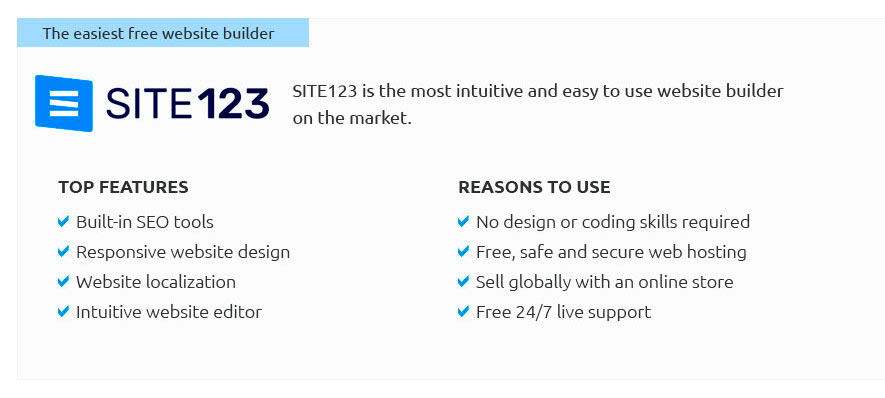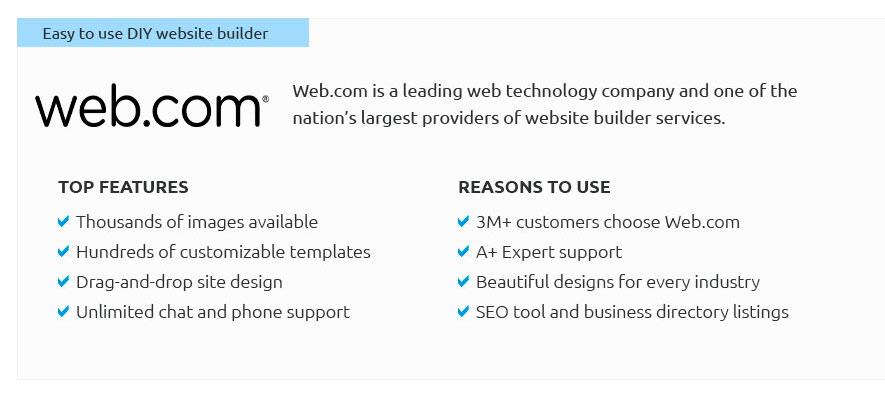 |
 |
 |
 |
|
 |
 |
 |
|
 |
|
 |
 |
|
 |
|
 |
|
 |
 |
How Do You Get a URL Address: A Comprehensive GuideUnderstanding the Basics of URLsA URL, or Uniform Resource Locator, is a web address that directs users to a specific location on the internet. It's essential for accessing websites, linking resources, and sharing information online. Components of a URLURLs consist of several parts:
Ways to Obtain a URL AddressGetting a URL address can be straightforward if you follow these steps: Copying from a Web BrowserOne of the simplest methods is to copy the URL directly from the address bar of your web browser:
Creating Your Own URLTo create your own URL for a website, you need to consider software to create website without coding. This involves selecting a domain name and possibly designing web pages. Using URL ShortenersURL shorteners can transform lengthy URLs into shorter, more manageable links:
Common Mistakes and How to Avoid Them
FAQ SectionWhat is a URL used for?A URL is used to locate resources on the internet, such as websites, documents, and images. It serves as the address that users type into a browser to access a webpage. How can I create my own URL?To create your own URL, you typically need to register a domain name and host your website. For beginners, resources on setting up a new website can be extremely helpful. What is the difference between HTTP and HTTPS?HTTP is the standard protocol for transferring web pages, while HTTPS includes a security layer (SSL/TLS) to encrypt data and protect user information. https://support.google.com/websearch/answer/118238?hl=en&co=GENIE.Platform%3DAndroid
Get a search results page URL - On your Android phone or tablet, open a mobile browser like the Chrome app Chrome or Firefox. - Go to google.com. - Search for the ... https://www.youtube.com/watch?v=7yn-0-1GIrk
Learn how to find the URL on a website as well as copy (ctrl+c) and paste (ctrl+v) the URL to a new document. https://support.google.com/websearch/answer/118238?hl=en&co=GENIE.Platform%3DDesktop
On your computer, go to google.com. - Search for the page. - In search results, click the title of the page. - At the top of your browser, click the address bar to ...
|